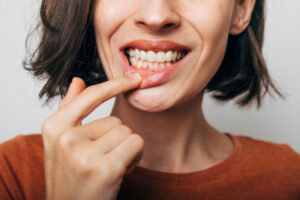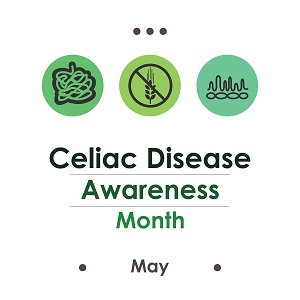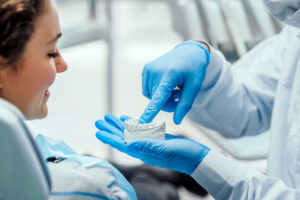May is Celiac Disease Awareness Month. With the advancements made in better diagnosing individuals, there seems to have been a rise in the number cases around the country. This is due to a better understanding of gluten sensitivity, which in those with celiac disease causes damage to the lining of the intestines. What some people may not be aware of is that a diagnosis of celiac disease can also put you at a higher risk of developing gum disease. Here are some oral health symptoms you should be aware of while considering regular periodontal treatment with J. Robert Friedberg, D.M.D., and his team.
Mouth Ulcers
Mouth ulcers or canker sores can develop inside the mouth of those with celiac disease. These sores are not contagious but can look alarming as white, gray, or red spots in and around the mouth. The cause of the ulcers is not known, but they are treatable.
Weakened Teeth
Celiac disease comes with a risk of certain deficiencies, namely iron and Vitamin K. It can also put individuals at a greater risk of developing osteoporosis, which could also contribute to weakened teeth. Supplementing your diet to make up for the deficiencies may help.
What You Can Do
The best thing for anyone to do, with or without a celiac disease diagnosis, is to visit a periodontist regularly to check for early signs of gum disease. If you do have celiac disease, you may wish to stay away from acidic or spicy foods if you experience mouth ulcers. Seek over-the-counter topical treatment or ask your periodontist about antibiotics if the infection concerns you.
See Us Today
A diagnosis like celiac disease means you may need to pay more attention to the state of your help. Regular checkups with your medical and dental professionals will help you to successfully combat most of the effects of the condition. Stay ahead of the game with your dental checkups by contacting our office to make an appointment with Dr. Friedberg today.

Which Signs And Symptoms Of Receding Gums Should I Look Out For?
People have receding gums from poor dental hygiene and toxic bacteria causing gum tissue loss. For those who don’t know



